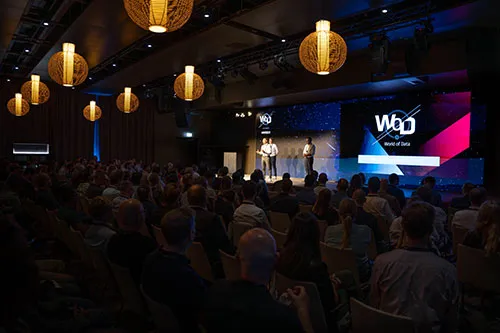Microsoft Fabric simplifies analytics and data integration, but manual setup can be complex. Our Terraform module automates key components like workspaces, role management, and Spark settings. This blog post explores its structure, key features, and limitations, helping you streamline Fabric deployments efficiently.
Why Automate Microsoft Fabric with Terraform?
Microsoft Fabric enables organizations to streamline analytics, data integration, and visualization. However, manually provisioning and configuring Fabric resources can be complex and time-consuming. Using Microsoft Fabric with Terraform, organizations can leverage infrastructure as code to automate and standardize deployments. To address this, we developed a Terraform module that automates key Fabric components, making deployment faster, more consistent, and scalable. This post explores the module’s structure, its main features, and the current limitations of the Terraform provider for Microsoft Fabric.
The Terraform Fabric Provider: A Rapidly Evolving Tool
The Terraform Fabric Provider for Microsoft Fabric is a relatively new addition to the Terraform ecosystem, designed to automate the provisioning and management of Microsoft Fabric resources. As of now, the provider is still in beta, meaning it is actively evolving, with new features and improvements being introduced at a fast pace.
Frequent Updates & Ongoing Development
A new version of the provider is released approximately every two weeks, bringing incremental improvements, bug fixes, and support for additional Fabric resources. However, given the rapid development cycle, breaking changes and adjustments to existing configurations are possible, requiring regular updates to Terraform code.
Resources Still in Preview
While the provider already supports core Microsoft Fabric components such as workspaces, role assignments, and Git integrations, some resources are still in preview or undergoing refinement. This means that certain functionalities might not be fully stable or available for production use.
Building Blocks of Our Terraform Module
Our Terraform module encapsulates multiple resource definitions to create a fully operational Fabric workspace. The module was initially developed for a project where multiple workspaces needed to be provisioned, each with different role assignments. To streamline automation and deployment, we created reusable Terraform modules that allow fast and consistent provisioning of new Fabric workspaces, including predefined roles and Spark configurations. This eliminates the need for manual setup, reducing errors and ensuring a streamlined provisioning process.
The core components include:
- Workspace Creation – Automates the provisioning of Fabric workspaces with customizable settings.
- Git Integration – Links the workspace to Git providers, enabling version control and CI/CD workflows.
- Role Assignments – Manages workspace- and domain-level permissions for users and groups.
- Environments & Domains – Supports isolated computational environments and structured resource grouping.
- Spark Settings – Configures Spark pools for high-performance processing with auto-scaling.
These features help organizations automate deployment while ensuring flexibility and scalability.




















